By Joe Lee
MADISON – In preparation for his retirement in June 2019, Msgr. Elvin Sunds purchased a pickup truck and a travel trailer with an eye on visiting national parks around the country. Aware of this, Bishop Joseph Kopacz alerted Sunds of ongoing pastoring opportunities in the small Alaskan town of Nome, should he want to venture that far. This year everything came together to make that road trip (actually an air trip) a reality.
“The bishop in Alaska has a real priest shortage up there, and congregations can go without Masses for long periods of time,” Sunds said. “I agreed to fill in for the pastor of St. Joseph Church in Nome for three weeks so he could visit his family in India.”
Sunds, who fills in at St. Francis of Assisi in Madison, flew out of Jackson on April 13, leaving behind muggy conditions and temperatures in the low 80s. He knew to pack a lot of clothing he would never use this time of year in Mississippi.
“Nome has a population of less than 4,000 and is a little over 100 miles below the Arctic Circle,” he said. “When I arrived, there was two feet of snow on the ground and temperatures were in the teens.
“The area is incredibly beautiful. It has mountains, valleys, tundra, coastal waters, rivers, lakes, and an abundance of wildlife. The scenery is particularly stunning in snow. It was a major site of the Alaskan gold rush of the early 1900s. Today gold mining is still the major industry.”
How utterly vast is Alaska? The annual Iditarod Trail Sled Dog Race begins in Anchorage and finishes a jaw-dropping 1,049 miles later in Nome. To reach his destination, Sunds flew to Dallas, across the country to Seattle, then to Anchorage before a 90-minute flight (covering 540 miles) to Nome. He found the people to be friendly and warm, despite the many layers of dress.
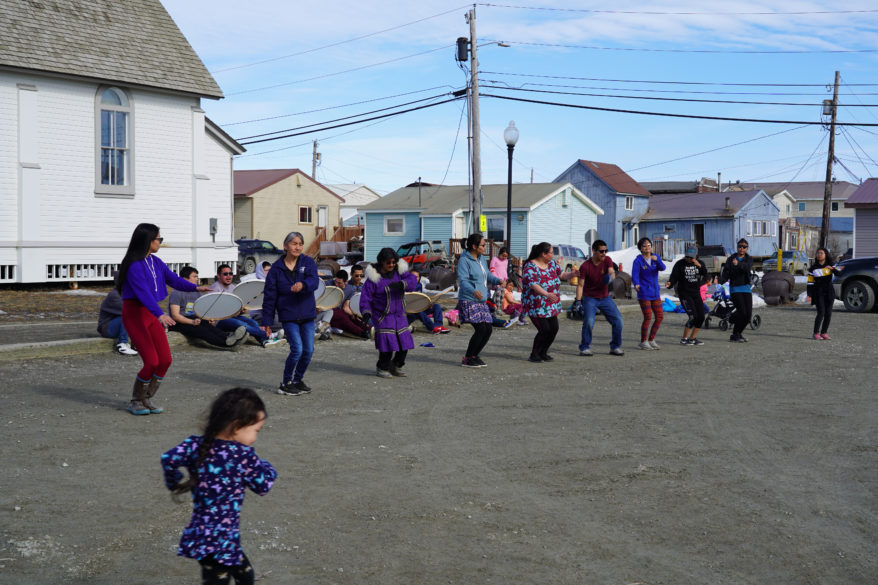
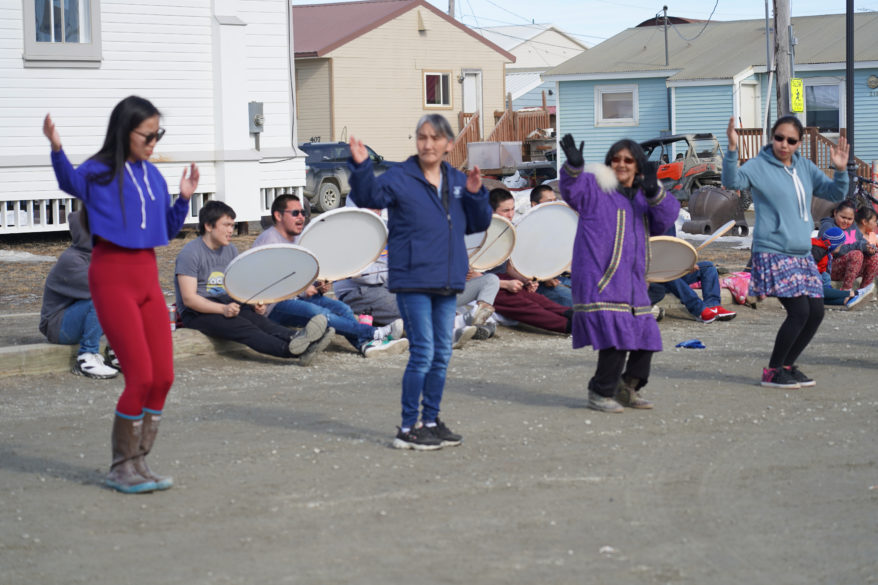
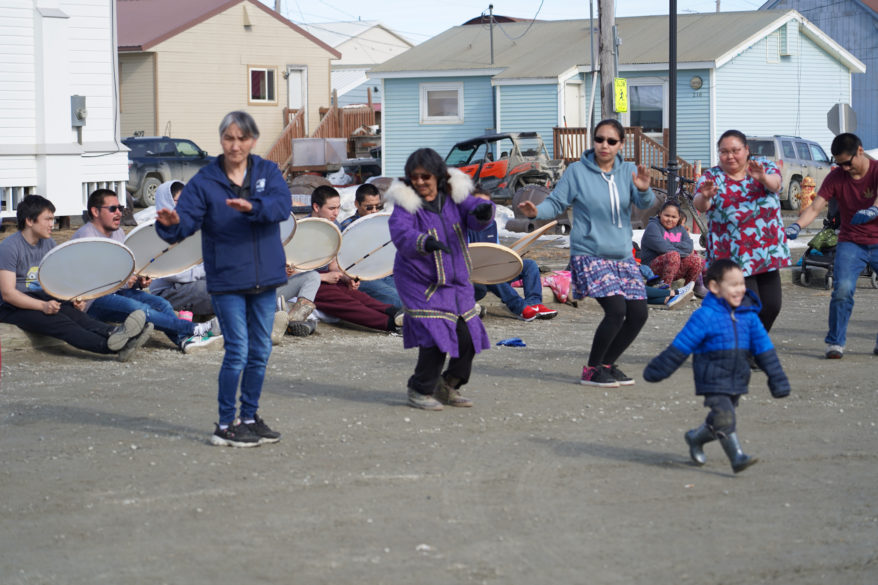
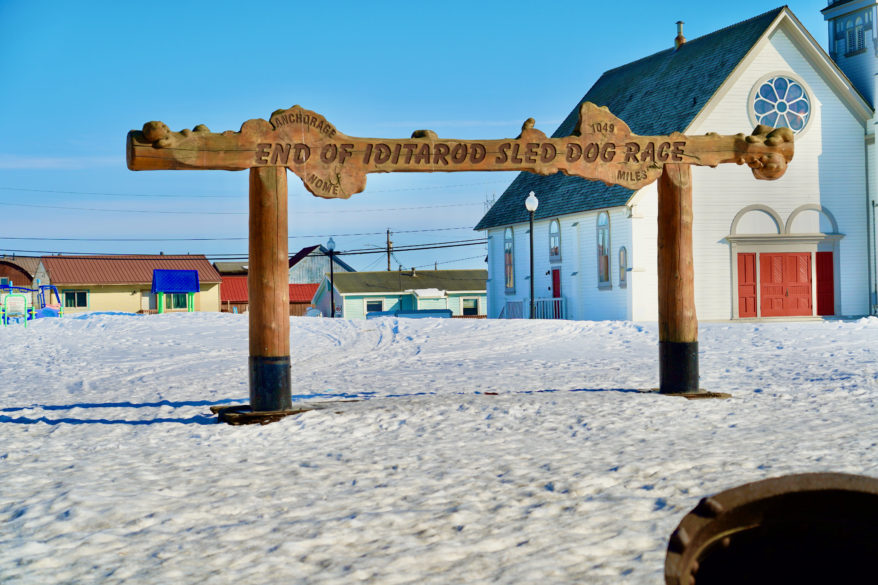
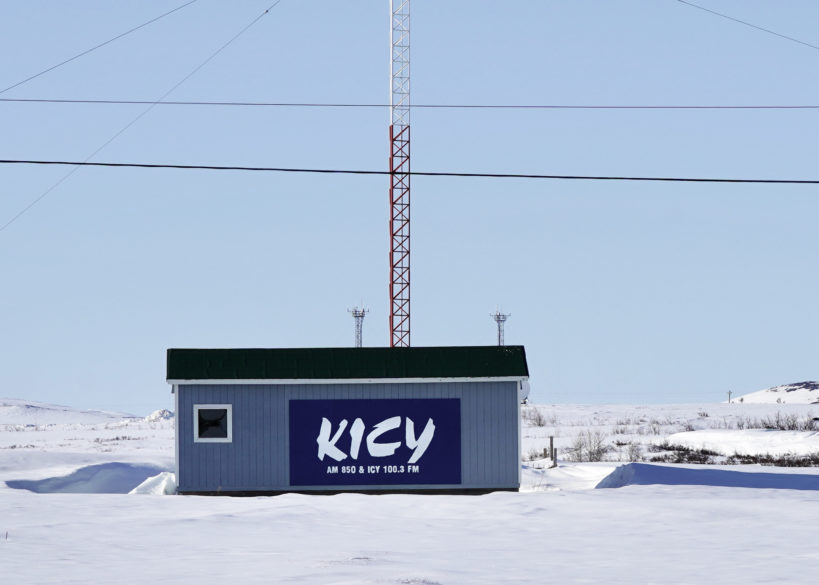
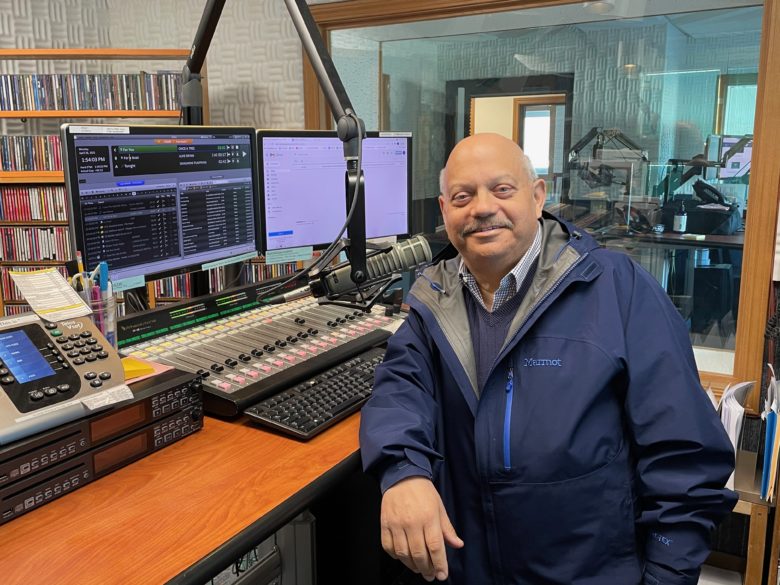
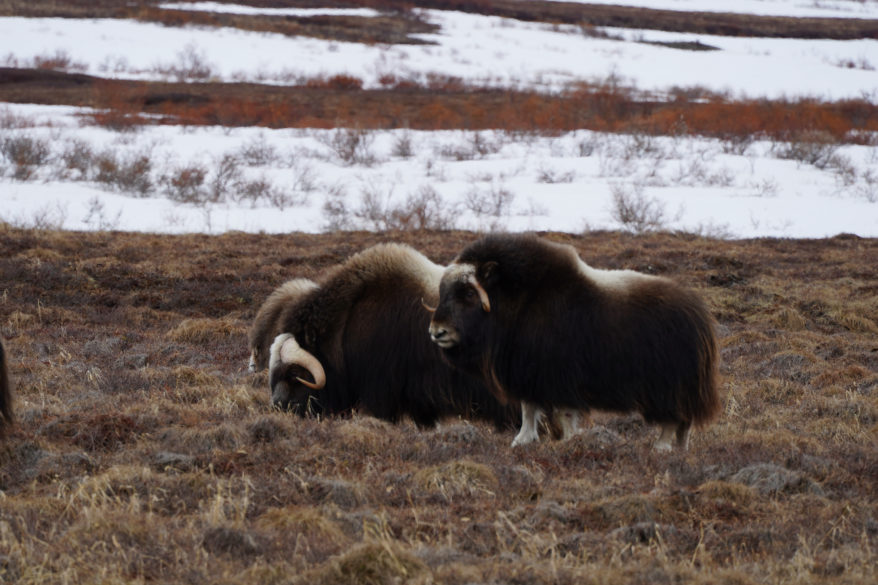
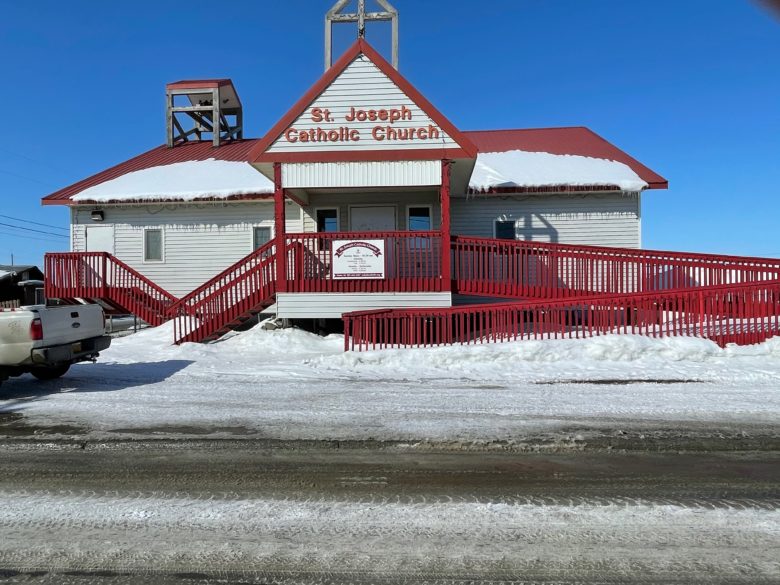
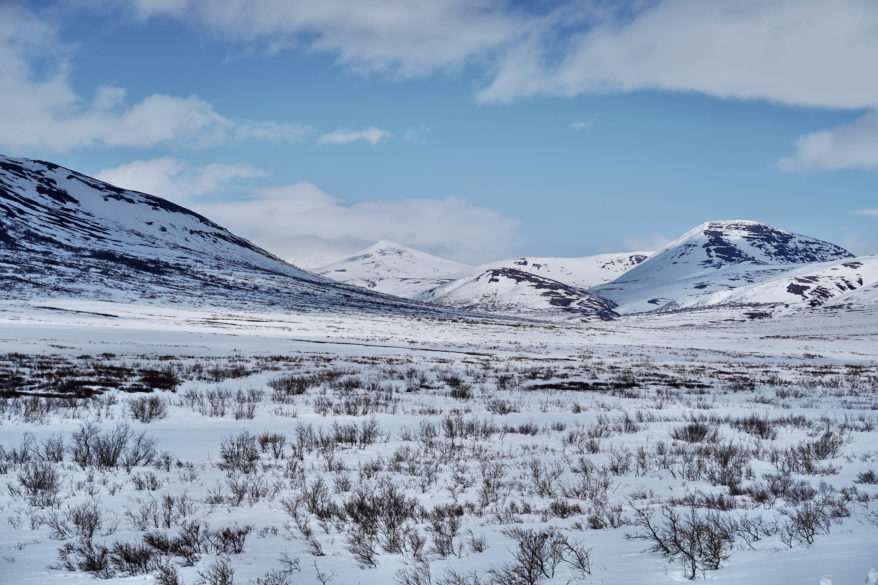
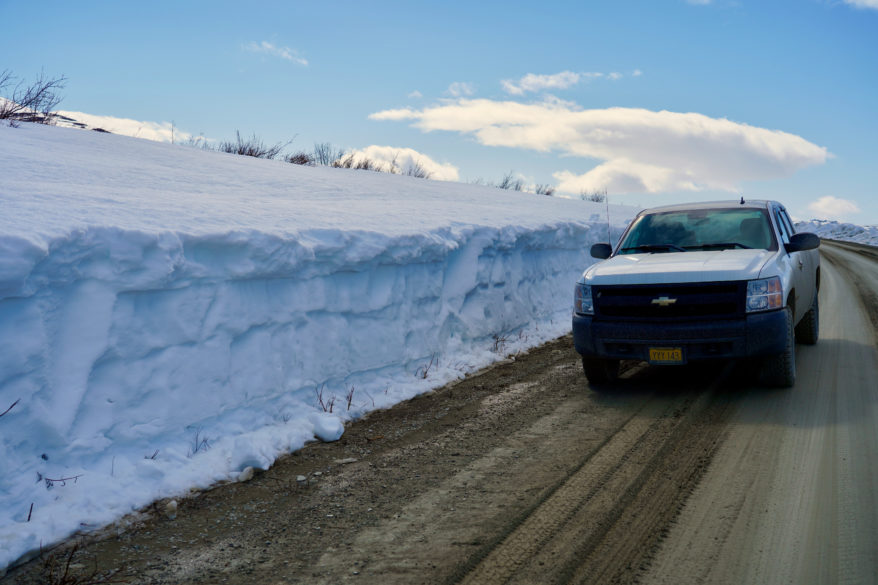
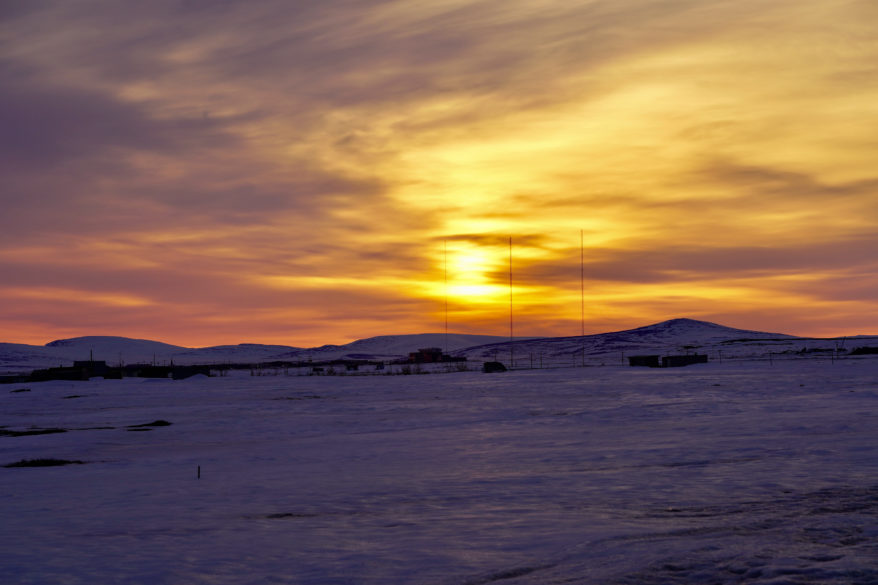
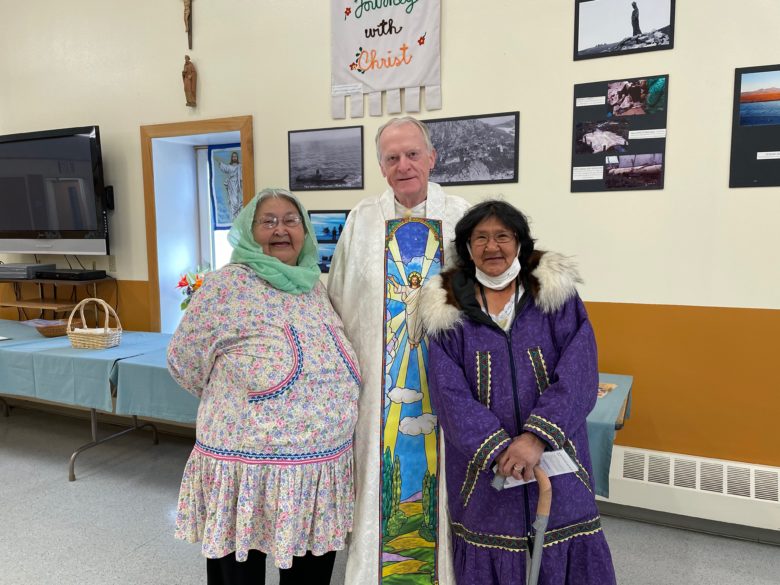
“About half the people of Nome and St. Joseph Church are Eskimo and half are of European descent,” he said. “Life is simple, and people live simply. A lot of them are grateful for Mass being available, even once a month.”
“Houses are small and well-insulated because of the cost of heating. Winter temps often reach more than 30 below zero. Food and supplies are expensive because everything must be flown in. Fuel oil and gasoline is brought in by barge twice a year. Snowmobiles and four-wheelers outnumber cars and trucks, and all must be brought in by barge.”
The average attendance for the three weekends Sunds celebrated Mass at St. Joseph was 25, down due to COVID. Remarkably, the tiny parish serves three mission churches. The community of Teller is 71 miles from Nome by dirt road and impassable from October through May because of snow; they have Mass weekly from June to October.
Then there’s Kotzebue, 180 miles away by plane and offering Mass once a month. Finally. St. Joseph serves Diomede, an island 130 miles out on the Bering Sea and one mile from Russian territorial waters. Diomede has Mass twice a year since the island is only accessible by helicopter.
“What attracted me to the Jackson Diocese many years ago was Jackson being a mission diocese—only two percent of the population across the area was Catholic. The Diocese of Fairbanks is almost eleven times the area of the Diocese of Jackson, but most it is wilderness. It has 12,300 Catholics and only two active diocesan priests.
“There are sixteen other priests serving the diocese who are either members of a religious order or on temporary loan from other dioceses. This was a whole new experience of mission diocese.”
Sunds said his volunteer pastoring in Alaksa has given him a better understanding of the mission work of the church outside Mississippi and a deeper appreciation of the work of our own diocese. And he didn’t lose his sense of humor while pastoring in The Last Frontier.
“The only way to Nome is by plane or dogsled,” he said. “While all roads may lead to Rome, no roads lead to Nome.”
